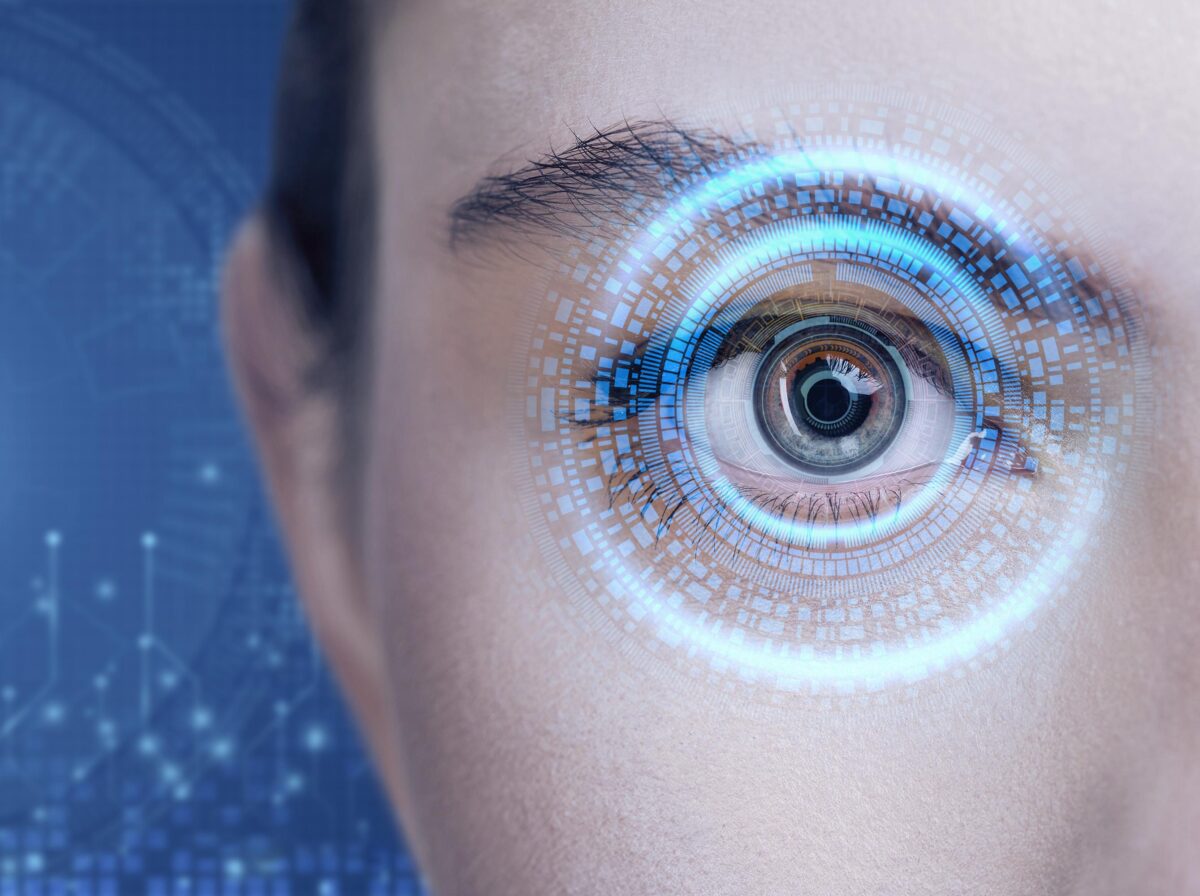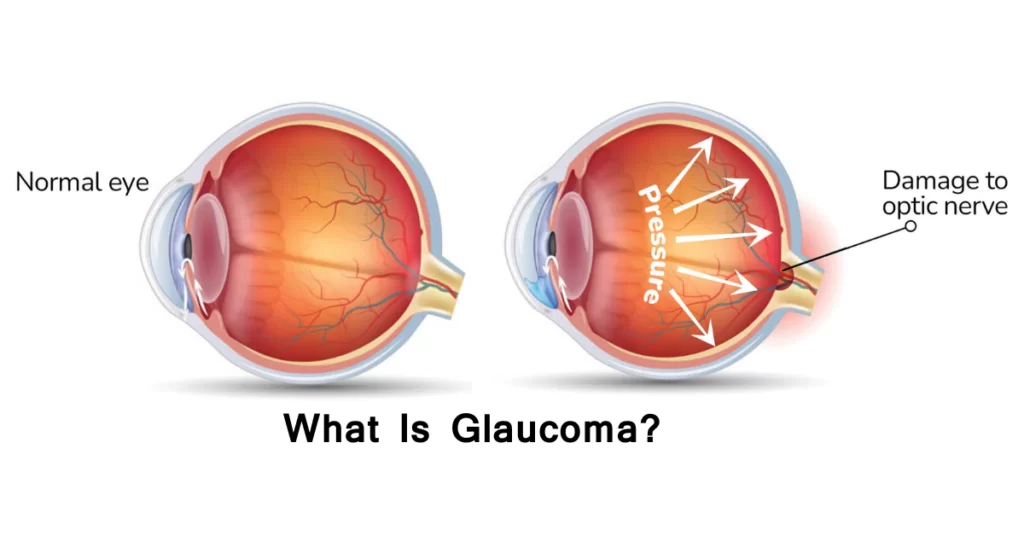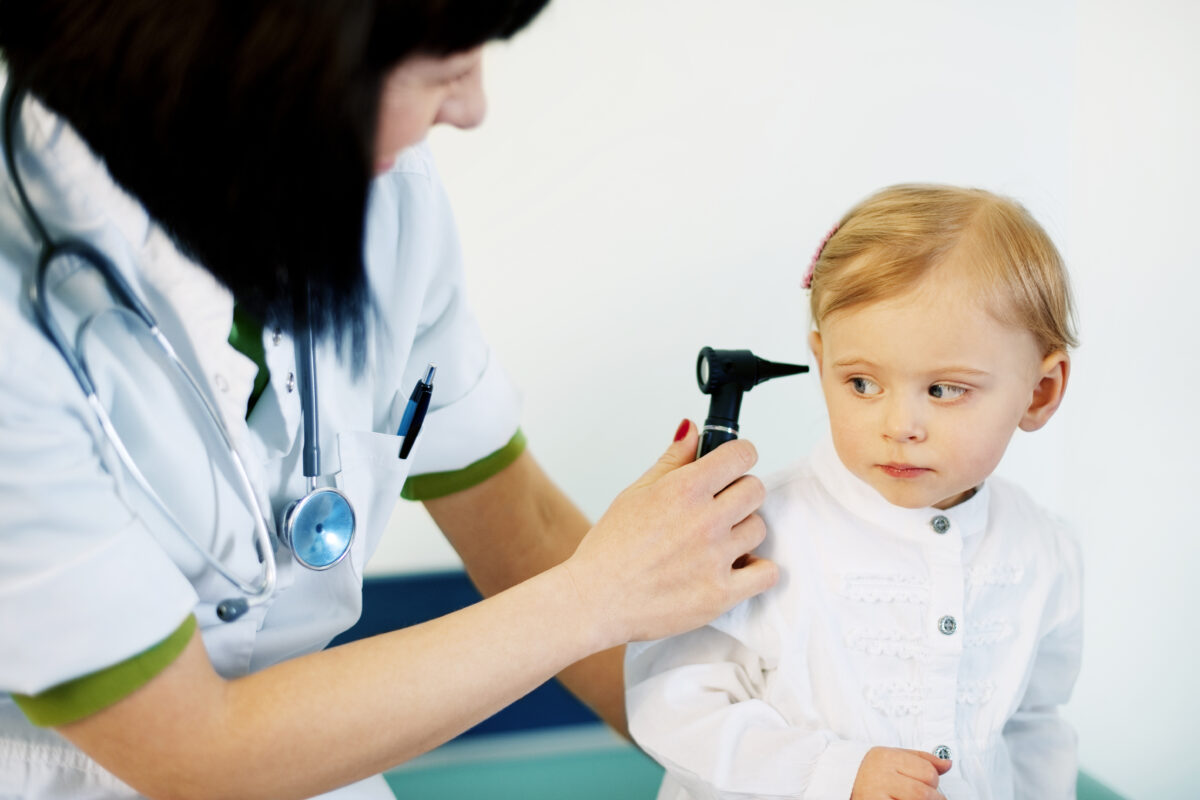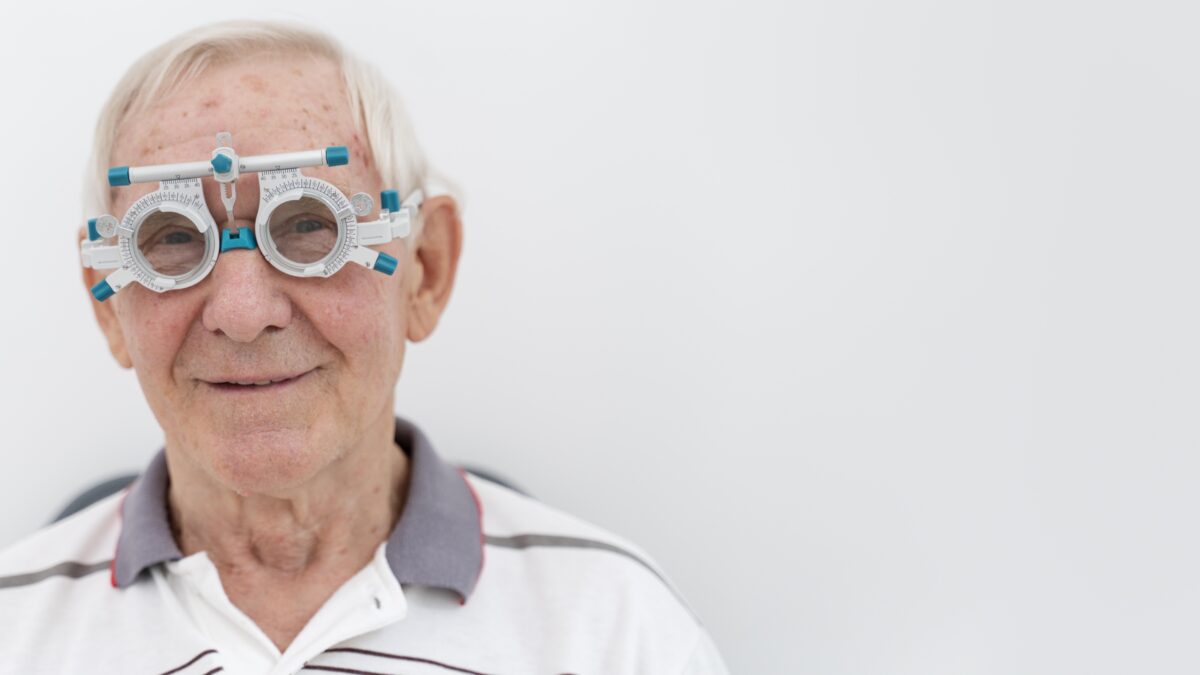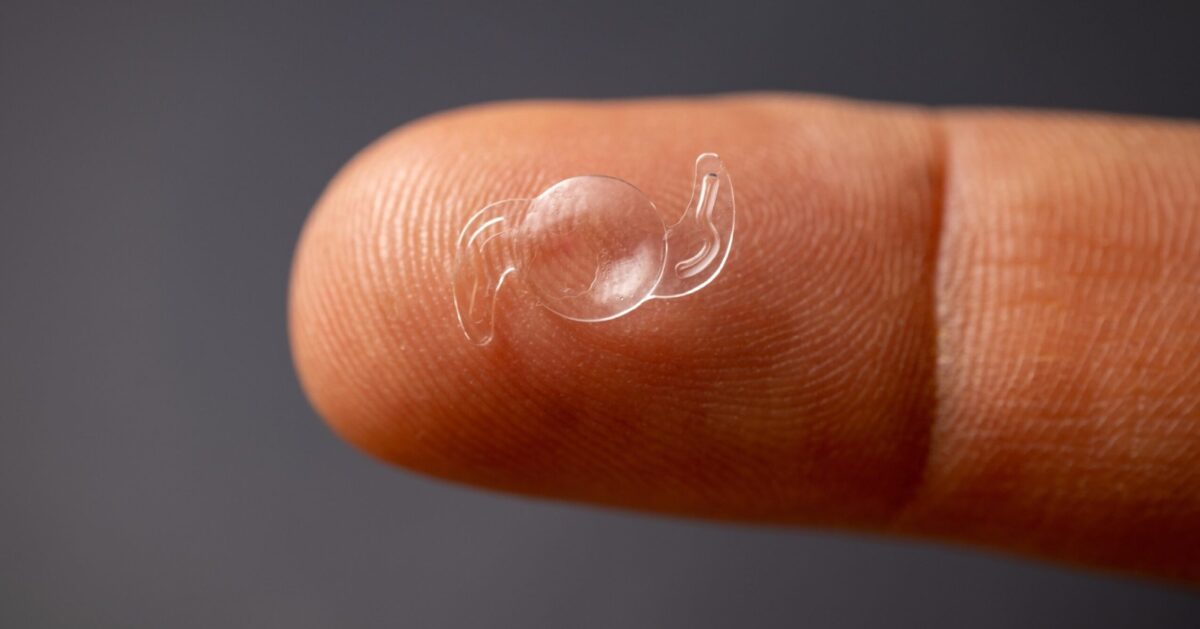Cataract surgery is one of the most common and effective procedures performed to restore vision for those affected by cataracts. If you’re considering cataract surgery or have already been scheduled for the procedure, it’s natural to have questions about what to expect. We are here to guide you through everything from preparing for cataract surgery to your recovery and the remarkable impact the surgery can have on your life.
Cataract Surgery
A cataract is a condition in which the clear lens of your eye becomes cloudy, impairing your vision. Over time, this cloudiness can make it increasingly difficult to see clearly, affecting your daily activities like reading, driving, and even recognizing faces.
Cataract surgery is a highly successful procedure designed to remove the clouded lens and replace it with a clear, artificial intraocular lens (IOL). The goal of cataract surgery is to restore clear, functional vision and improve your quality of life.
Your step-by-step guide to cataract surgery prep
Comprehensive Eye Exam: Before your surgery, you’ll undergo a detailed eye exam to assess the size and shape of your eye and the degree of your cataract. This will help your doctor select the best intraocular lens (IOL) for your specific needs.
Medical history review: Your doctor will review your medical history and medications. It’s important to inform your doctor about any health conditions, especially those affecting your heart, lungs, or blood pressure, as these may influence your surgery.
Pre-surgery instructions: You’ll be given clear instructions on how to prepare for your cataract surgery. This may include fasting for a few hours before the procedure and stopping certain medications (e.g., blood thinners).
Transportation arrangements: Cataract surgery is performed on an outpatient basis, so you can return home the same day. However, you will need someone to drive you home afterward, as your vision may be temporarily blurry, and you may be feeling drowsy from the anesthesia.
The Basics: What to expect during cataract surgery
Cataract surgery is a relatively quick and painless procedure, typically lasting around 15 to 30 minutes. Here’s a breakdown of what you can expect:
Anesthesia: Cataract surgery is usually done under local anesthesia, meaning the area around your eye will be numbed, but you’ll remain awake. Some people may also receive a mild sedative to help them relax.
Removal of the clouded lens: The surgeon will make a small incision in the eye to access the cloudy lens. The cataract is then broken up using ultrasound technology, and the pieces are gently removed.
Implantation of the intraocular lens (IOL): After removing the cataract, the surgeon will place a clear artificial lens (IOL) into your eye. This IOL will help focus light onto the retina, allowing you to see again. There are different types of IOLs available, including those that can correct astigmatism or help with both near and far vision.
Closing the incision: The incision is typically very small, often requiring no stitches, as it is self-healing. The procedure is quick, and you can expect to be in the surgery room for about 15 to 30 minutes.
Recover, refresh, and renew: Cataract surgery aftercare
Cataract surgery recovery is generally smooth and straightforward, but there are some important things to keep in mind during your healing process:
Immediate post-surgery care: After the surgery, you’ll spend some time in a recovery area, where medical staff will monitor your condition. Most people can go home the same day. You may experience mild discomfort or a sensation of something in your eye, but this is normal and should improve over time.
Medications and eye drops: To prevent infection and reduce inflammation, your doctor will prescribe eye drops, which you’ll need to use regularly for a few weeks after surgery. Be sure to follow the prescribed schedule carefully.
Post-surgery vision: You may notice improvements in your vision within a few days, though it may take a few weeks for your vision to stabilize completely. Some patients report a clearer, brighter world almost immediately after the procedure, while others experience gradual improvement.
Adjusting to new vision: During the recovery period, it’s essential to avoid rubbing your eye, heavy lifting, and strenuous activities. Wearing an eye shield, especially at night, will help protect your eye during the healing process.
Follow-up appointments: You’ll have a follow-up appointment the day after your surgery, and additional visits will be scheduled over the next few weeks to monitor your progress and ensure everything is healing properly.
A clearer path ahead: Long-term outlook after cataract surgery
Cataract surgery offers excellent long-term results for most patients. Once your eye has healed, you’ll be able to enjoy improved vision, and many patients report a significant enhancement in their quality of life. Many people find that their vision is better than it’s been in years, enabling them to resume activities they may have struggled with before, such as reading or driving.
It’s worth noting that while the results of cataract surgery are typically permanent, a condition known as secondary cataract can develop months or even years later, causing blurry vision again. However, this can be easily treated with a quick, painless laser procedure. And guess what? If you’re in Kerala, you’re in luck! We’ve got top-notch facilities ready and waiting for you at Dr. Ranimenon’s Maxivision Eye Hospital in Trichur.
See the world with new eyes
Undergoing cataract surgery isn’t just about improving your vision, it’s about rediscovering the world around you. Imagine being able to see faces, read fine print, and enjoy your favorite activities with renewed clarity. With the advancements in cataract surgery techniques, the procedure is safer and more effective than ever before, and the results speak for themselves.
So, why wait for clearer sight when it’s just a visit away?
Unlock a brighter world, your perfect vision starts here.


